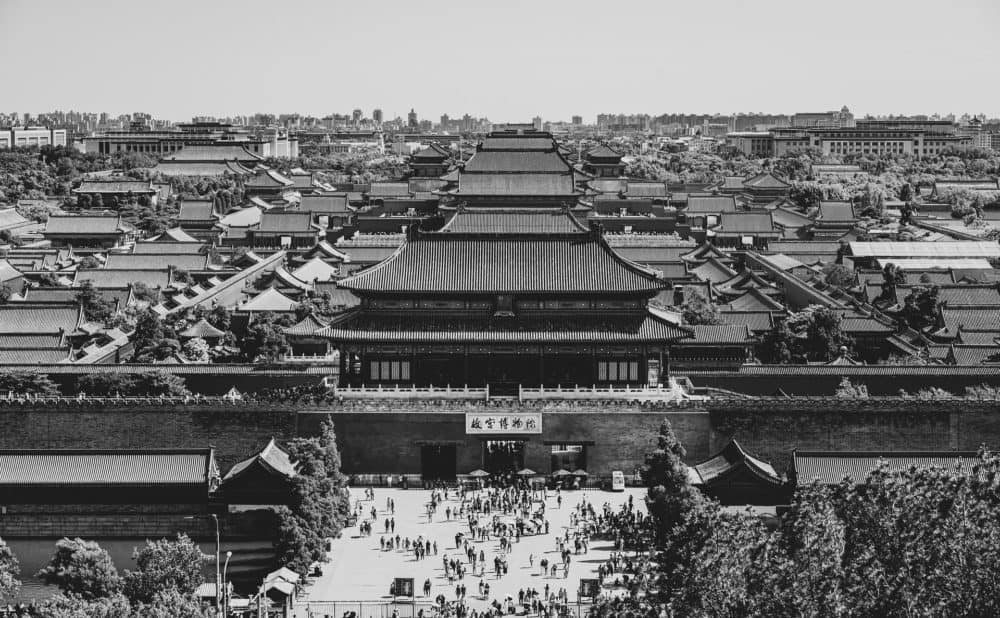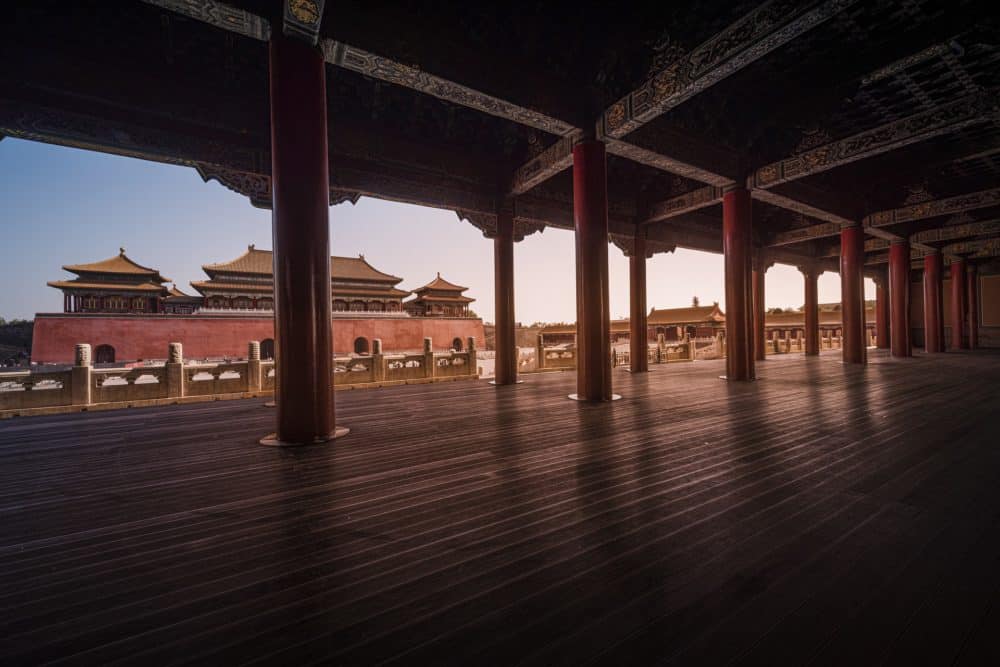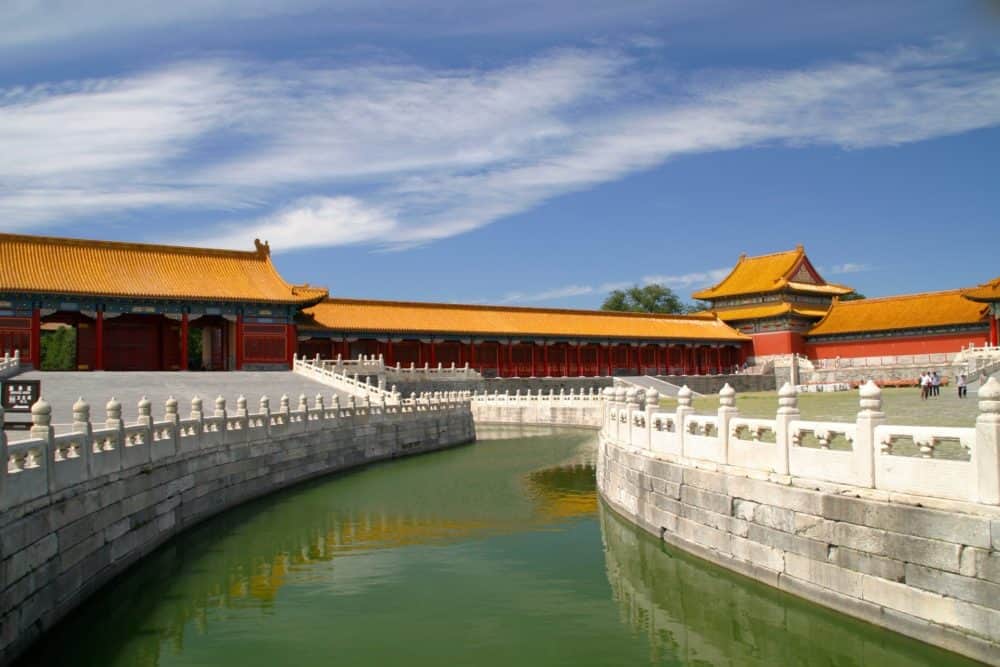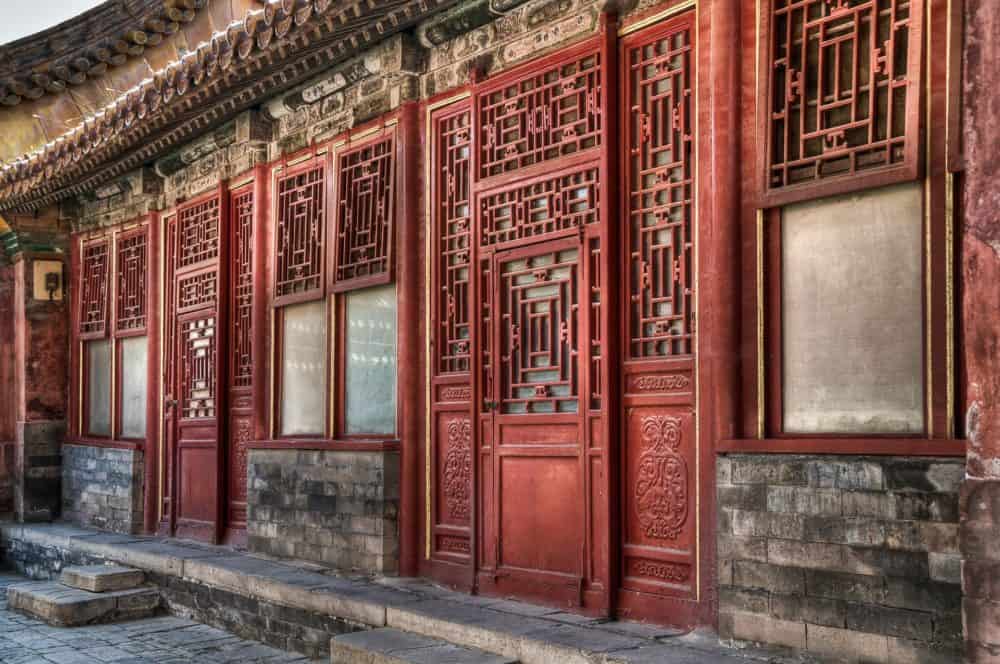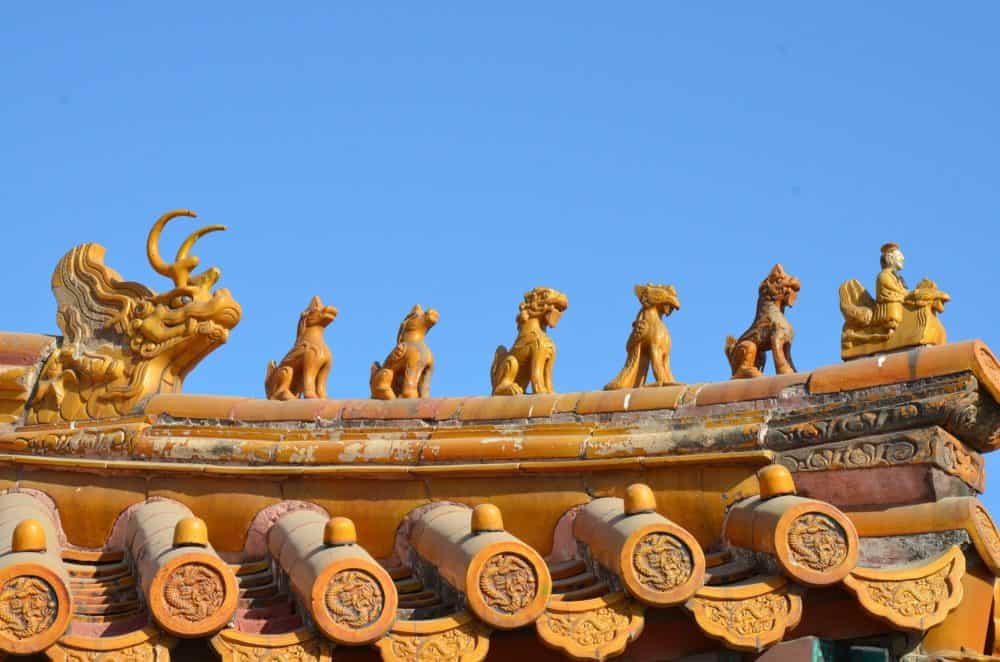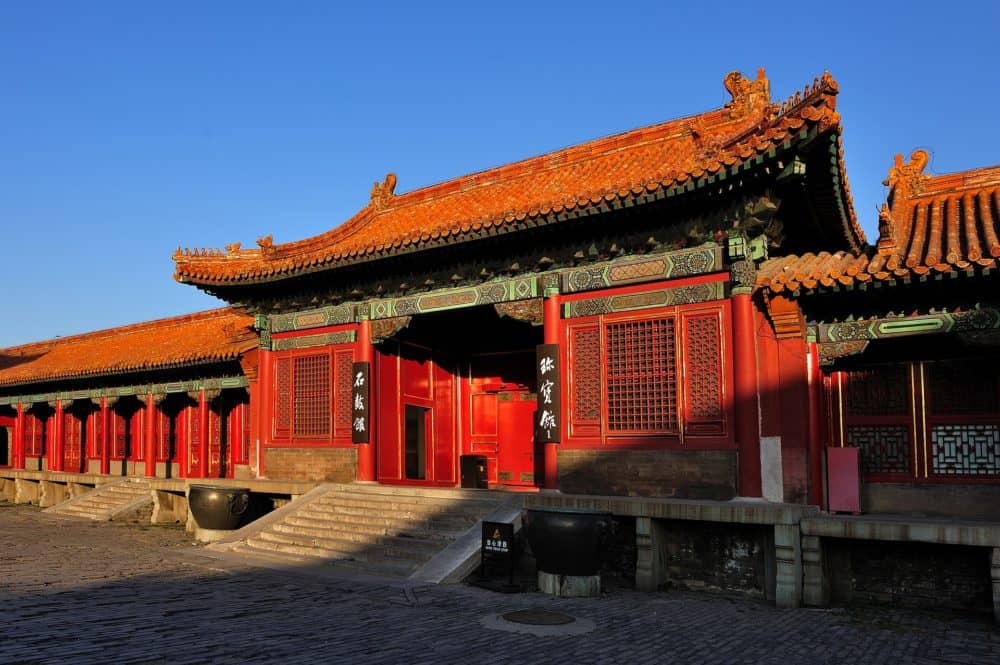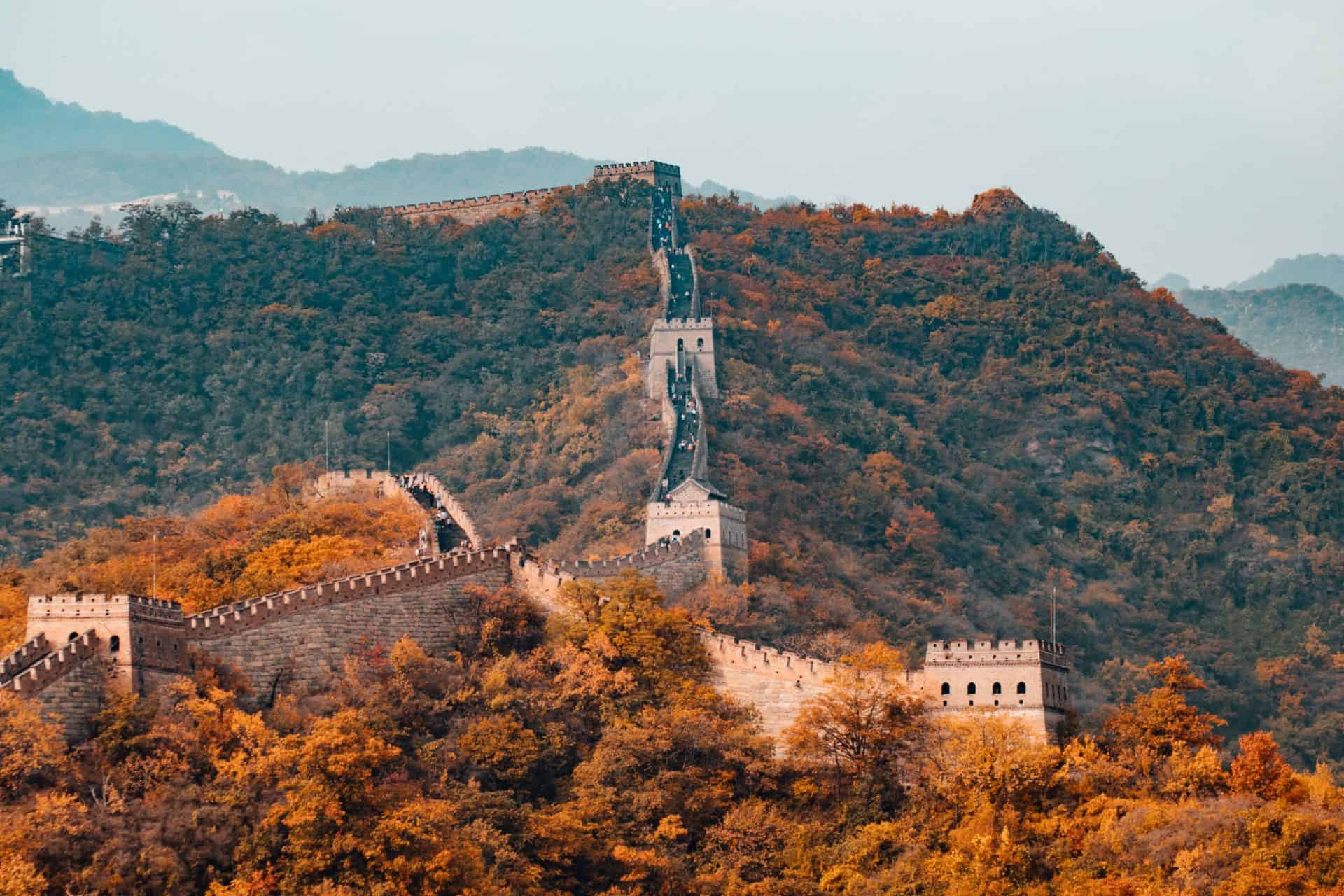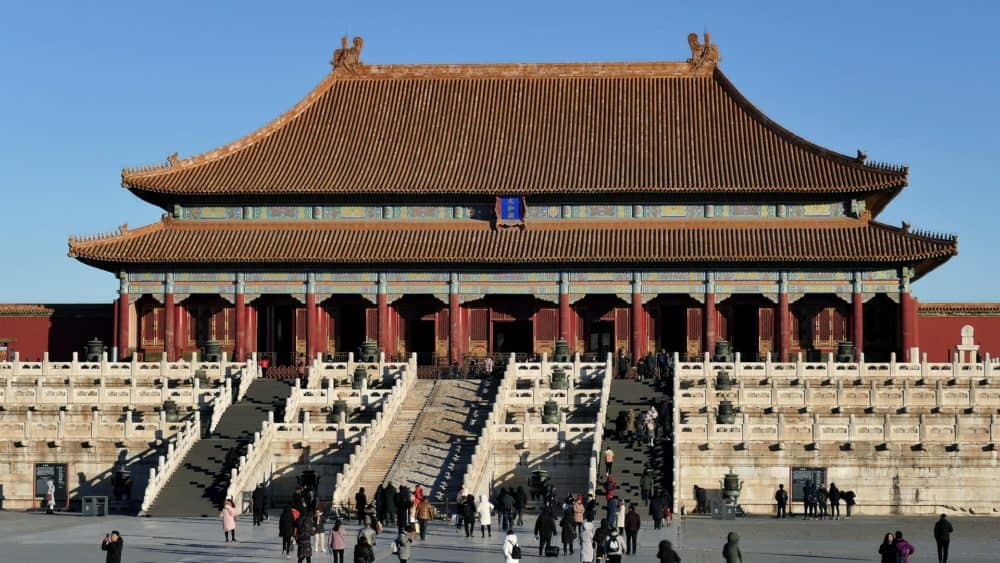
Discover the Forbidden City
Immerse yourself in ancient Chinese history
The Forbidden City is an ancient palatial complex in Beijing, the capital of China, a city with over three thousand years of history.
Serving as the home of emperors and the political center of China for hundreds of years, the Forbidden City is one of the most recognisable and culturally significant locations in the country.
The 178-acre site is home to a vast array of national treasures and architectural masterpieces and today is run by the Palace Museum of dynastic art and history.
History of the Forbidden City
Construction of The Forbidden City began in 1406 and took 14 years to complete, relying on the tireless efforts of an estimated 100,000 craftspeople and up to 1 million laborers and slaves. For 492 years the Forbidden City served as the Imperial Palace of China and during that time was occupied by both the Ming and Qing dynasties and was the political center of China throughout this period.
Originally built by Emperor Yongle, the third emperor of the Ming dynasty, the Forbidden city has since been home to 24 emperors and for most of this time was completely shut off to the public by a 3.5km wall. Today the majority of the Forbidden City is open to the public and attracts around 14 million visitors annually.
Much of the Forbidden City has been burnt down and rebuilt since its original construction in the 15th century and as such despite the design of the buildings much of the architecture was built by the post 18th century Qing dynasty.
In 1987 the Forbidden City was named a UNESCO world heritage site and has been protected and preserved to a high standard.
Hall of Supreme Harmony
The Hall of Supreme Harmony is the Forbidden City’s largest and most important building and was once one of the tallest buildings in Beijing. The significance of the hall comes from its use as the main location for state ceremonies such as the emperor's Birthday, coronations and celebrations of military and engineering achievements.
The emperor's dragon throne sits at the heart of the Hall of Supreme Harmony. Surrounded by pillars of gold engraved with dragons and sitting atop a raised jade platform. The opulently decorated dragon throne is where the emperor would address his subjects (all of whom were required to touch the floor with their foreheads nine times before entering).
In front of the Hall of Supreme Harmony sits a towering sculpture with a picture known as ‘Two dragons playing with a pearl. The pearl represents good luck and fortune, with the statue being built and preserved to serve as a reminder to the people that the emperor received his divine power from God.
Hall of Central Harmony
Throughout both the Ming and Qing dynasties the Hall of Central Harmony was used as a place of preparation and organisation for the emperor who would use the space to prepare speeches, meet with ministers and store the transportation used to get around the Forbidden City. Still on display are two Qing Dynasty sedan chairs, the emperor's preferred method of travel within the fortified walls.
Despite being the smallest of the three great halls, the architecture of the Hall of Central Harmony is still a must-see feature of the city and even features rows of drains carved into dragons heads, which, when rain is heavy, create a unified scene of thousands of dragons spurting water.
Hall of Preserved Harmony
At the north of the Forbidden City sits the Hall of Preserved Harmony. Construction finished on the hall in 1420 but rebuilt in 1625 and finally renovated in 1765. The main purpose of the Hall of Preserved Harmony was hosting imperial banquets to celebrate nationally significant events such as new years eve or the weddings of members of the imperial government.
Behind the Hall of Preserved Harmony is 250-tonne marble slab carving that depicts a group of dragons playing and dancing. During both the Ming and Qing dynasties, anyone caught touching the impressive monument was sentenced to death and it's rumored that a 70km path of ice had to be formed in order to haul the slab from where it was created to the center of the Forbidden City.
Treasure Gallery
Built in 1771 for Qing emperor Qianlong’s retirement, the Palace of Tranquil Longevity now holds the City’s Treasure Gallery, the largest collection of artifacts and treasures within the city.
A range of artifacts from both dynasties can be found in the gallery including ornate statues carved from gold, precious collections of jade, emerald and pearls, as well as many other precious stones. The Treasure Gallery is also home to a set of 16 gold chimes that were originally used for empirical ceremonies. Each chime sounds different from one another due to the unique blend of gold and other precious metals used to create each one.
Tips for visiting the Forbidden City
One of the best ways to experience all that the Forbidden city has to offer is to take part in one of the many guided tours available to visitors. Tours tend to start from the Meridian Gate - the only entrance point to the Forbidden City. A range of different routes and tours are available and all cover the highlights of the Forbidden City.
The Forbidden City gets busy very quickly, so, for visitors who are keen to avoid big crowds, it's best to arrive early. Be advised that the Forbidden City is closed on most Mondays with the exception of national holidays.
For those looking to capture the impressive panorama of the Forbidden City, the best views can be observed from Jingshan Park, which sits directly opposite the entrance to the city and is also worth a visit for its ancient architecture. The Northwest and Northeast corner towers also offer stunning views across the Forbidden City, however, these spots can get busy with tourists.
New rules mean that it's compulsory to provide a passport or other official form of identity when entering the Forbidden City.
Where to stay near the Forbidden City
Hotel Kapok Wangfujing is the perfect hotel for travelers who want to be close to the Forbidden City. Hotel Kapok is only a 10-minute walk from both the Forbidden City and Wangfujing shopping district, making it the perfect location to explore this area of Beijing. Every room offers a terrace or courtyard, the perfect place to relax after a day in this fast-paced city.
Another ideally located hotel is the Days Inn Forbidden City Hotel, close to Tian'anmen Square, the Days Inn offers excellent value for money as well as being close to Destination, a gay dance club with a large dance floor and multiple bars.
The Regent Beijing is one of the city’s most luxurious hotels. Boasting a health club, indoor pool and tranquil spa, the Regent offers the perfect space to relax and unwind and stylish rooms infused with traditional Chinese touches give guests expansive views across Beijing.
Join the Travel Gay Newsletter
More Gay Travel News, Interviews and Features
The Best Tours In Beijing
Browse a selection of tours in Beijing from our partners with free cancellation 24 hours before your tour starts.

